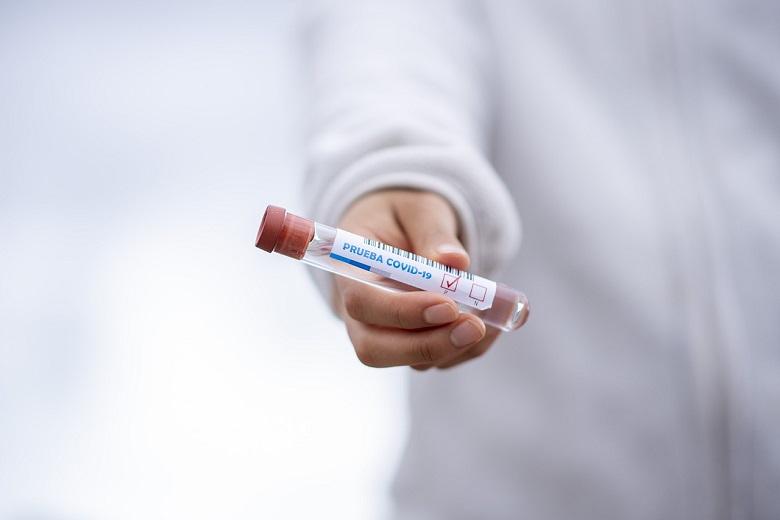Chinese research shows that SARS-CoV-2 is present in the semen of infected persons. But that does not necessarily cause for concern, write Peter Ellis, Mark Wass and Martin Michaelis, professors at the University of Kent.
We don’t know much about SARS-CoV-2, the virus that causes Covid-19, but we do learn every day. The final piece of the puzzle comes from a new, albeit small, study in China that found SARS-CoV-2 RNA (the genetic code of the virus) in the sperm of young Covid-19 patients.
The study, published in JAMA Network, involved 38 patients treated for severe Covid-19 at Shangqiu Municipal Hospital in Henan Province. Fifteen of the patients gave a sperm sample during the acute phase of their illness and 23 shortly after recovery. SARS-CoV-2 RNA was found in the sperm samples in 4 out of 15 patients with acute illness and 2 out of 23 convalescent patients.
These new findings differ from the results of a previous study involving twelve covid-19 patients and a case study. However, the previous studies focused on patients with mild symptoms and after they recovered, while the current study focused on hospitalized patients with serious illness.
All samples in this last study were taken during illness or very shortly after recovery. All sperm samples found to have viral RNA were collected on day two and day three after recovery.
Thus, the differences between the previous studies and the current one are likely due to differences in disease severity and time of sampling.
Immune-privileged
The testicles, like the eyes, placenta, fetus, and central nervous system, are considered “immune-privileged sites” where the immune system reacts less violently. That probably evolved to protect those vital structures. Thus, they are places where viruses can be protected from the host’s immune response.
During the Ebola outbreak in West Africa, immune-privileged sites also received attention as places where viruses can persist after recovery from the disease. For example, the Ebola virus remained detectable in the sperm of some survivors for more than three years, and transmission of the Ebola virus through sexual intercourse may continue for months after the patient has recovered.
Implications
We do not yet know the implications of the latest findings. The presence of viral RNA in the patient’s sperm does not necessarily indicate the presence of an infectious virus. It will, therefore, be critical whether the infectious virus can also be isolated from the sperm of SARS-CoV-2 patients and recovered persons.
If that is possible, the next question will be whether – as current data suggest – SARS-CoV-2 is mainly found in the sperm of patients with severe disease. Or whether significant virus levels can also be detected in the sperm of patients with mild illness – and even in the semen of people with no symptoms.
Condom
However, even if these things are demonstrated, it is probably of little concern to the spread of viruses during acute infection. Given the high infectivity of SARS-CoV-2 via nonsexual routes, sexual intercourse is unlikely to significantly increase that infectivity.
The only scenario where sexual transmission of SARS-CoV-2 could be a problem is if the virus persists in the testicles for an extended period and if survivors of Covid-19 can transmit the virus sexually after recovery.
We need more studies to see if that’s possible. Meanwhile, it would still be prudent for those recovering from Covid-19 to use a condom until further research is done to clarify how long the infectious virus remains in sperm.
- Peter Ellis is a Professor of Molecular Biology
- ReproductionMark Wass is a Professor of Computational Biology
- Martin Michaelis is a Professor of Molecular Medicine at the University of Kent.
